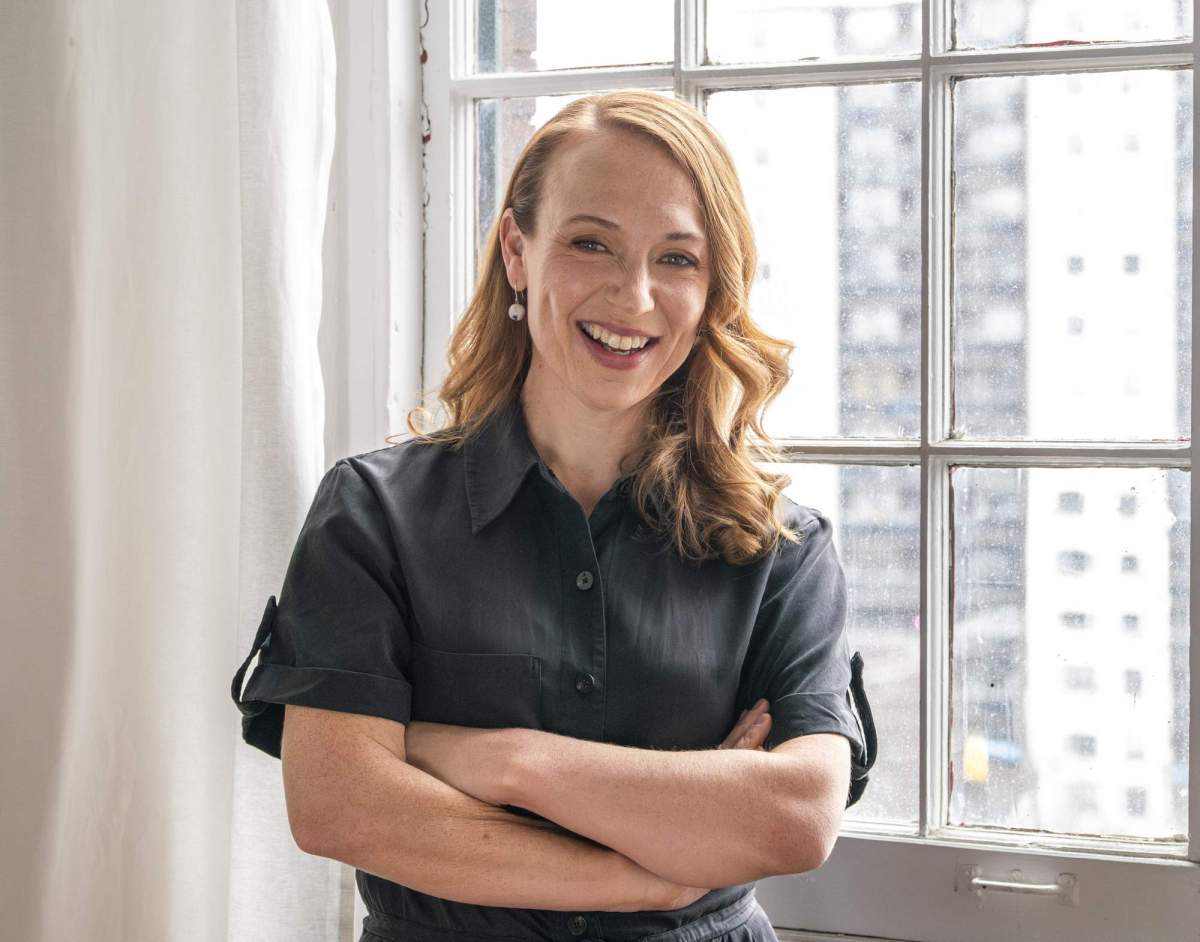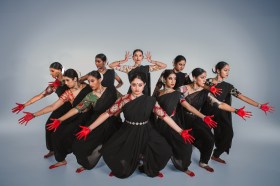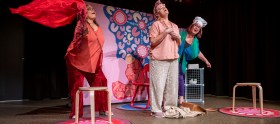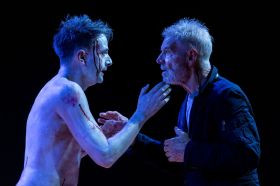After a calm and steady end to what was at times a turbulent stint as Sydney Festival Director for Olivia Ansell – a tenure that included Israel Embassy funding-related artist boycotts and the cancellation of the Festival’s inaugural mid-city music program Summergound in 2024 due to weak market conditions – the esteemed Australian arts leader and her family set off for Canada in March this year to begin her new five-year appointment as Artistic Director of Toronto’s popular Luminato Festival.
Included in Ansell’s first Luminato program – which was delivered over three weeks in June – were some notable Australian works.






